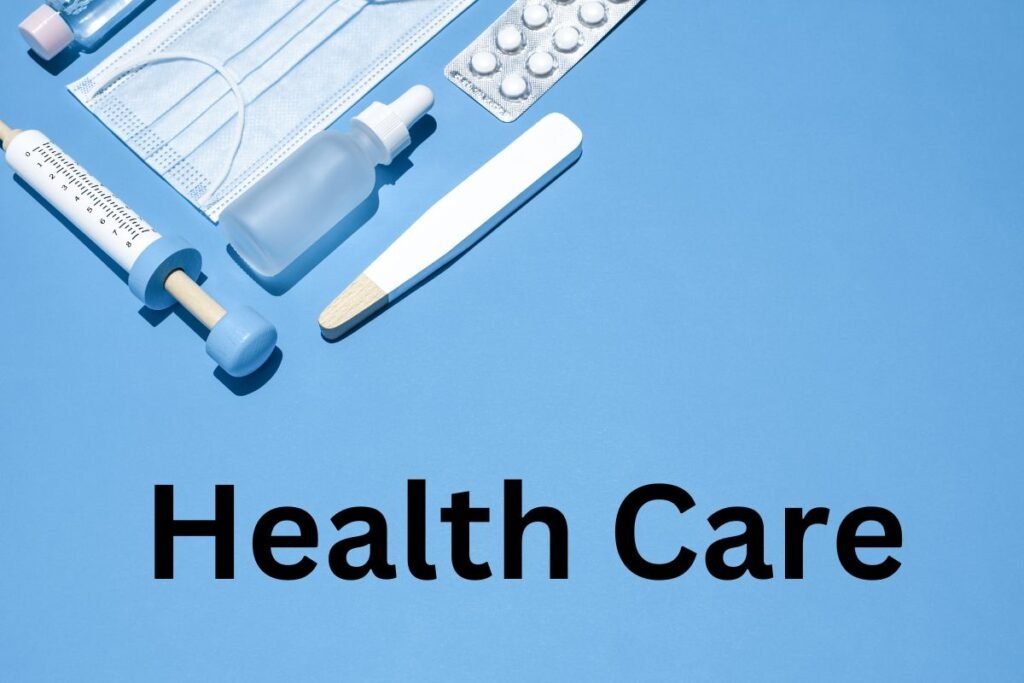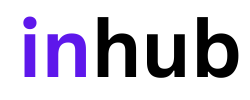Unraveling the Essentials of Health Insurance for a Secure Future 2024
Health insurance is not just a contract; it’s a lifeline agreement between individuals and their well-being. It acts as a financial safety net, ensuring that medical expenses don’t become a burden, potentially saving lives in the process.
Health Insurance Short Into
Telehealth Revolution:
- Embracing the digital era, health insurance providers now often cover telehealth services, allowing individuals to consult with healthcare professionals remotely.
- Telehealth offers convenience, especially during pandemics, reducing the need for physical visits and promoting social distancing.
Wellness Programs Impact:
- Many health insurance plans include wellness programs that incentivize policyholders for healthy behaviors.
- These programs encourage preventive measures, potentially reducing long-term healthcare costs and fostering a healthier population.
Rising Prescription Drug Costs:
- Health insurance struggles to address the challenge of escalating prescription drug costs.
- Policyholders may encounter high co-pays or restrictions on certain medications, highlighting the ongoing debate on pharmaceutical pricing.
Innovative Treatment Coverage:
- Some insurance plans now cover innovative treatments, such as gene therapies and personalized medicine.
- As medical technology advances, health insurance adapts to include cutting-edge treatments, albeit often with unique coverage considerations.
Global Health Insurance Trends:
- Internationally, health insurance trends include the rise of expatriate health insurance and policies covering medical tourism.
- Global coverage options are becoming more diverse, catering to the needs of a mobile and international workforce.

Environmental and Holistic Health:
- A shift towards holistic health is influencing insurance coverage, with some plans incorporating alternative therapies, mental health support, and environmentally conscious healthcare options.
- Policies are adapting to address the interconnected nature of physical, mental, and environmental well-being.
AI and Data Analytics Integration:
- Health insurers are increasingly leveraging artificial intelligence and data analytics to streamline processes, detect fraud, and personalize plans.
- This integration enhances efficiency, making the insurance ecosystem more responsive to individual health needs.
Cybersecurity Concerns:
- As health records become digital, cybersecurity is a growing concern for insurers.
- Policies may evolve to address the protection of personal health information, reflecting the industry’s commitment to data security.
Pandemic Preparedness Coverage:
- The COVID-19 pandemic has prompted a reassessment of insurance coverage, with potential inclusion of specific pandemic-related clauses.
- Insurers are adapting policies to provide clarity on coverage during health emergencies.
Educational Initiatives for Policyholders:
- Health insurers are investing in educational initiatives to help policyholders understand their coverage better.
- Improved understanding can lead to more informed healthcare choices and efficient use of insurance benefits.

Health Insurance as a Lifesaver Agreement:
Health insurance is not just a contract; it’s a lifeline agreement between individuals and their well-being. It acts as a financial safety net, ensuring that medical expenses don’t become a burden, potentially saving lives in the process.
Navigating the Health Insurance Maze:
The American health insurance system is often likened to a complex maze. With myriad competitors, varying plans, and geographical nuances, selecting the right insurance is akin to navigating a business landscape where health is the currency.
Employment-Based Health Coverage:
Approximately half of Americans secure health insurance through employment benefits. This unique structure involves a shared financial responsibility between employees and employers, providing a tax-deductible benefit to both parties.
Self-Employed Individuals’ Dilemma:
For self-employed individuals, freelancers, and gig workers, the journey to obtain health insurance involves personal choices. The Affordable Care Act provides a lifeline through HealthCare.gov, allowing individuals to tailor plans to their needs.
Managed Care Plans and Provider Networks:
Managed care plans necessitate policyholders to receive treatment from approved healthcare providers. Stepping out of this network can result in increased costs, emphasizing the importance of adhering to the designated providers.
High-Deductible Health Plans (HDHP) and Savings Accounts:

The emergence of HDHPs introduces a novel approach, emphasizing higher deductibles and lower premiums. The associated Health Savings Account (HSA) becomes a personal investment tool with tax benefits, offering a unique financial perspective on healthcare.
Changing Dynamics with Age:
Health insurance dynamics evolve with age. After turning 65, individuals can tap into HSA funds without penalty, showcasing a unique aspect of flexibility post-retirement.
Transformations by the Affordable Care Act:
The Affordable Care Act introduces pivotal changes, prohibiting coverage denial based on preexisting conditions and allowing young adults to remain on their parent’s insurance until a specified age. The creation of the federal Health Insurance Marketplace further enhances accessibility.
Medicare and CHIP:
Public health insurance programs, Medicare and CHIP, cater to different demographic needs. While Medicare addresses individuals aged 65 and above, CHIP focuses on providing health insurance to income-deprived children.
Health Insurance Beyond Financials:
Health insurance is not merely a financial investment; it’s a necessity. It mitigates the financial strain associated with both common and critical illnesses, fostering a healthier society.




